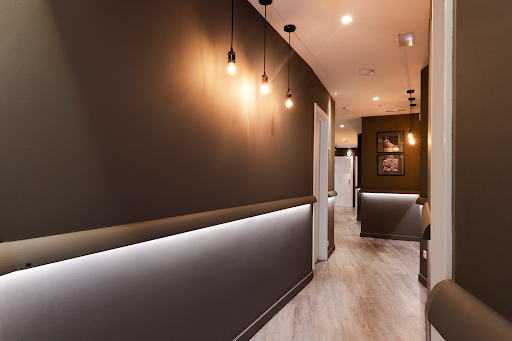Choosing the right type of indoor lighting can transform your home, enhancing its functionality and ambiance. From creating a cozy atmosphere in the living room to ensuring adequate lighting in the kitchen, understanding how different lighting types serve various needs is crucial. This guide will help you select the ideal lighting for every room in your home, ensuring a perfect blend of style and practicality.
Understanding Indoor Lighting Basics
Types of Indoor Lighting
Indoor lighting can be categorized into three main types: ambient, task, and accent. Each type serves a specific purpose and contributes differently to a room’s overall lighting scheme.
- Ambient Lighting: This is the primary light source in a room, providing overall illumination. It typically includes ceiling-mounted fixtures like chandeliers, flush mounts, and recessed lighting.
- Task Lighting: Task lighting focuses on areas where detailed work is done, such as reading, cooking, or working. Examples include under-cabinet lights in the kitchen and desk lamps in a home office.
- Accent Lighting: Accent lighting highlights specific features or creates visual interest. It can showcase artwork, architectural details, or plants. Examples include track lighting and wall-mounted fixtures.
Choosing Indoor Lighting for Different Rooms
Living Room
You want to create a warm, inviting atmosphere in the living room. A combination of ambient and accent lighting works well here. Ceiling fixtures or lamps can provide ambient lighting, while accent lighting can highlight artwork or architectural features. Consider installing dimmers to adjust the lighting based on your activities or mood.
Kitchen
The kitchen requires functional and bright task lighting to ensure safety and efficiency while cooking. Under-cabinet lighting is essential for illuminating countertops, while recessed lighting can provide overall illumination. Pendant lights over the island or dining area add both style and additional lighting.
Bedroom
For the bedroom, focus on creating a relaxing environment with ambient lighting from fixtures like chandeliers or ceiling fans with light kits. Task lighting should be provided by bedside lamps or wall-mounted sconces for reading. Accent lighting, such as LED strip lights behind the headboard, can add a touch of elegance.
Bathroom
In the bathroom, task lighting around mirrors and vanity areas is crucial to ensure proper grooming. Recessed lighting in the shower or overhead lighting can provide general illumination. Accent lighting can highlight architectural features or add a touch of style.
Home Office
A home office requires task lighting for focused work. Desk lamps with adjustable arms are ideal for directing light exactly where needed. Recessed lighting or ceiling-mounted fixtures can provide ambient light to keep the space well-lit and comfortable.
Integrating Outdoor Lighting with Indoor Spaces
While this guide focuses on indoor lighting, it’s worth noting how outdoor lighting can complement your indoor spaces. For instance, outdoor lighting like wall sconces or path lights can illuminate entryways and outdoor areas, creating a cohesive look between indoor and outdoor environments. Consider how the exterior lighting design can enhance your home’s overall ambiance and security.
Final Tips for Selecting Indoor Lighting
- Consider the Room’s Function: Consider how each room is used and choose lighting that supports it. For instance, use bright, focused lighting in workspaces and softer, warmer lights in relaxation areas.
- Balance Lighting Layers: Combine ambient, task, and accent lighting to create a well-rounded plan. Each layer serves a purpose and contributes to the room’s overall feel.
- Choose Energy-Efficient Options: To reduce energy consumption and lower utility bills, opt for LED bulbs or fixtures with energy-efficient ratings.
- Test Different Fixtures: Before making a final decision, test different lighting fixtures to see how they look in your space. Notice how the light interacts with the room’s colors and textures.
- Use Dimmer Switches: Installing dimmer switches allows you to adjust the brightness according to your needs and mood, adding versatility to your lighting scheme.
Choosing the right indoor lighting is essential for creating functional and aesthetically pleasing spaces in your home. By understanding the different types of lighting and how they apply to each room, you can ensure that your home is well-lit and inviting. If you also want to enhance your outdoor spaces, consider integrating outdoor lighting that complements your indoor setup for a cohesive look.








